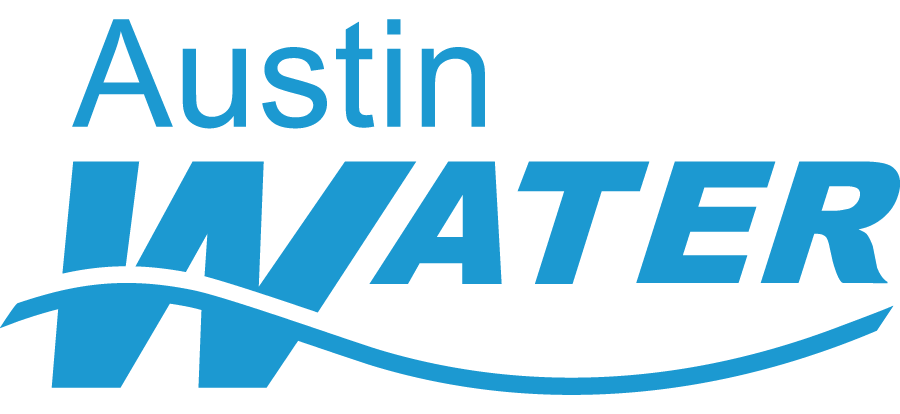Gravity Grease Interceptors (GGI)
The approved design for GGIs shall be as follows:
- The grease interceptor (GI) must be constructed in accordance with the current plumbing codes adopted by the City of Austin, as amended, and installed in a manner acceptable to the Development Services Division (no exceptions);
- The GI shall have two compartments. Extremely large volume GIs may have three compartments;
- While operating at the GI's rated flow capacity, the first compartment must provide a retention time of no less than seven minutes, and the second compartment must provide a retention time of no less than five minutes (~60/40 split);
- GI inverts and vents shall be external to the compartments.
- The GI flowline (upstream of inlet invert) must be at least 3 inches above the tank’s static water level;
- The GI vent must be at least 3 inches above the static water level of the tank;
- The GI inlet must be near an elevation that is one half of the tank's static water level height, and the GI outlet must be at least 12 inches above the tank floor;
- Adequate flow diffusion features must be provided to evenly distribute flow throughout the GI.
- Examples of such features would include a flow diverter plate in the primary compartment, "tee" piping between the two GI compartments and "tee" piping on the tank outlet;
- Be constructed of concrete or non-corrodible materials;
- Each GI compartment shall be accessible for cleaning and inspection purposes (no exceptions).
Exceptions to the above criteria may be considered for approval in conjunction with the Building Plan Review process. In such cases, engineering drawings and supporting performance data must be submitted to and approved by the Director prior to GI installation.
Conceptual drawing of a City of Austin approved gravity grease interceptor design. (Adobe PDF)
Engineered GGIs
For engineered GGIs, specific models shall meet the following requirements:
- Shall include a 60/40 split between compartments to allow for adequate retention time, similar to a GGI;
- Shall be constructed of non-corrodible materials;
- May have either internal or external inverts.
The goal for engineered GGIs is to closely comply to the concrete GGI requirements but allow slight flexibility if site conditions are not ideal for a concrete GGI.
Hydromechanical Grease Interceptors (HGI)
Hydromechanical grease interceptors shall meet the following requirements:
- Must comply with American Society of Civil Engineers (ASME) A112.14.3 standard;
- Must be flow-rated at 75-gallons per minute (GPM) or higher;
- Must be constructed of non-corrodible materials;
- Must be installed per ASME A112.14.3 Type D standard (indirect connection without external flow control);
- Must have a minimum liquid capacity consistent with the IW approval letter specified minimum; and
- HGIs greater than 500 gallons must have a 60/40 split between compartments.
Generally, HGIs are ideal for low FOG-producing establishments such as small sandwich shops, coffee shops, and bakeries that use disposable flatware and do not utilize an automatic dishwasher, due to the HGI’s compact size. However, these requirements also allow larger HGI models if site conditions are not ideal for a Gravity Grease Interceptor.
View contact information for grease trap manufacturers (Adobe PDF) that are familiar with these criteria. HOWEVER, DO NOT PURCHASE ANY GREASE TRAP WITHOUT FIRST VERIFYING WITH OUR OFFICE THAT THE SPECIFIC MODEL WILL BE APPROVED FOR INSTALLATION!

